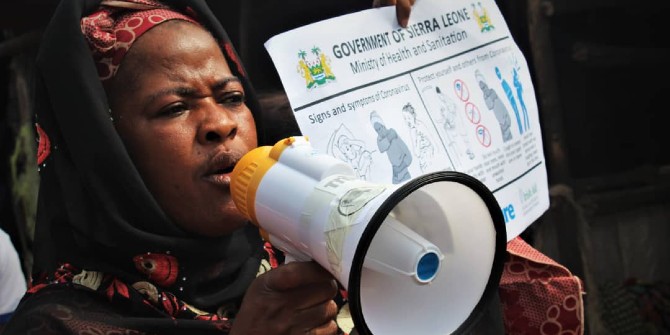
Back to work!
As the COVID-19 health crisis deepens, it looks increasingly clear that the is likely to exceed that of any recession in the last 150 years – that is, in the entire history of capitalism. The ILO estimates that the crisis will lead to the . Hence, after discussing at length the epidemiology of the COVID-19 pandemic, media attention is now increasingly focused on how to restart the global economic engine. We may still be mourning our dead, but time seems to have come to discuss how we guarantee economic survival that, under capitalism, is based on production and work. Here in the UK, from where I am writing this piece, getting ‘Britain back to work’ is becoming the new mantra for the government, even if its own leader is still recovering from the virus. Similar concerns are debated across the world, as the pandemic has by now clearly turned from a planetary health threat into a planetary economic threat. Yet, getting the world ‘back to work’ ������’t no easy endeavour, whilst maintaining social distancing. Global capitalism is based on social interactions. In fact, its global phase has aimed at erasing social distancing, not just between working people but also between countries, markets, commodities and consumers. But at present, the way in which we are used to regenerate life under capitalism would literally kill us, and this is no small print in explaining the impasse of the COVID-19 crisis. It should be the starting point to analyse it. Ultimately, before turning into a crisis of production, the current pandemic has created a systemic crisis of social reproduction. As argued by Tithi Bhattacharya, the pandemic has shown the for the working of capitalism. Moreover, it has also shown the , as well as the stark ‘care inequalities’ experienced by different communities and individuals across the globe. By all means, this is a reproductive crisis like no other before. Read More »






